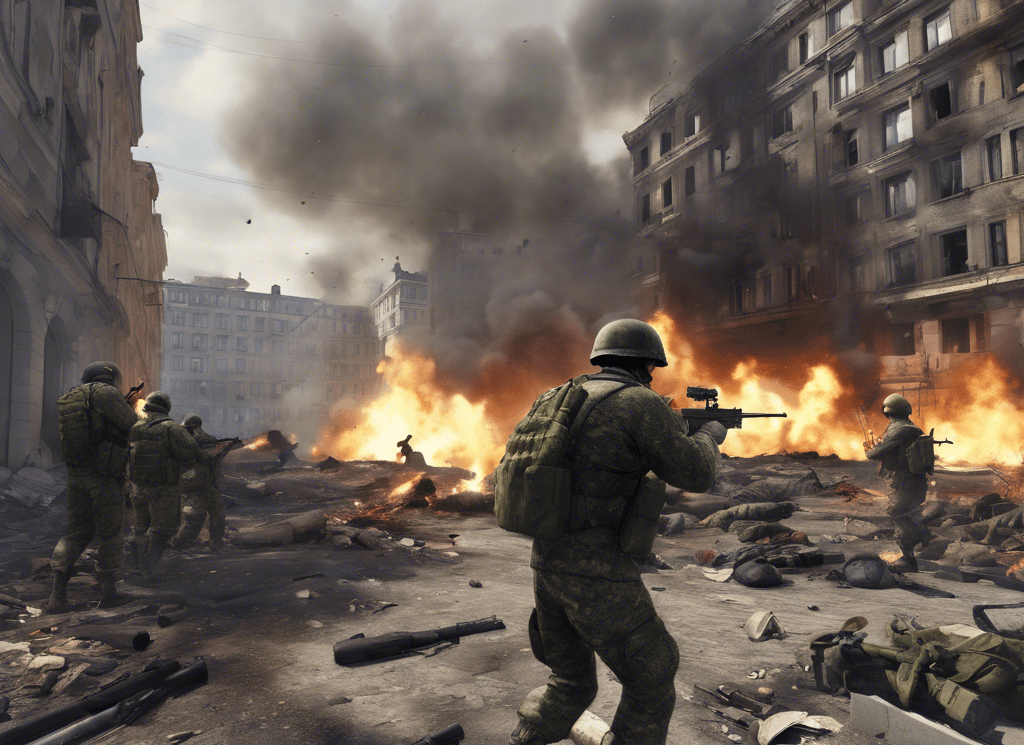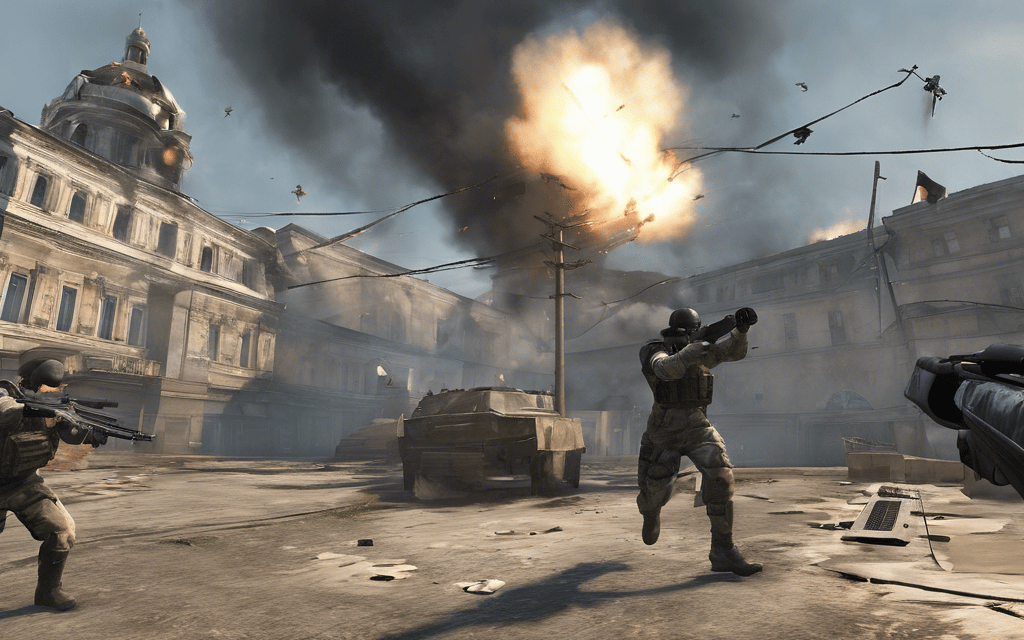The Theory of Media Immersion (Theoretical Framework)
The Theory of Media Immersion delves into the intricate dynamics of creating deep, engaging experiences for users through digital content.
SPRING QUARTER 2024
Mohammed Nashib
6/17/20243 min read


Introduction
This gaming technology will offer a viewer of the event the ability to walk through the site of the cataclysmic event in a third-person perspective, offering far more dynamic ways of visualizing famous historical (or fictional) events through recreating a ‘reality’ of socialist collapses or a JFK assassination. We're blending the ideas of digital gaming and social media technologies with scientific research for new methods of understanding ‘famous’ events. It involves developing a new media realm where viewers can see and simulate the actions of other actors such as military aircraft, armored vehicles, gangs, protesters or police officers.
The centrality of this concept stems from its ability to go beyond the descriptive complexity that is inherent in all traditional news formats – textual or visual – and that can often be frustrating in that it does not justify when and how the event unfolded and what caused the many interruptions in a logical flow of information. This is where Immersion Theory can really help viewers interact and make sense of what happened.
Immersion Theory
Immersion Theory, perhaps the key theory of games design and IT development, holds that a user should feel ‘immersed’ in the virtual space to the extent that the sense of being ‘immersed’ is that, in that space, the awareness of being ‘immersed’ no longer separates them from the real world in a dualistic relation of being set apart from it into something else.
Applying Immersion Theory in News Simulation
Applying Immersion Theory to news simulation can provide substantial benefits. The audiovisual information provided by news videos or text can be supplemented by an interactive and direct mode of exploring the site of the event, where the audience can specifically observe military aircraft, armored vehicles, gangs, protesters or police officers who inhabit the site as if one has engaged in a scavenger hunt.
1. User Experience:
The priority is the user experience in this theory, and the fact that the viewer can navigate in the virtual environment for free means that he or she can observe events with respect to an infinite number of angles as if he were actually there. This allows the viewer to process and to make sense of the information more and more innovative ways.
2. Geographical Context:
A major problem with traditional media is that they often find it difficult to appropriately represent the geographical context of an event. In comparison, virtual simulation allows its viewers to visualize – free from any temporal or spatial restrictions – the geographical site of events, thereby helping them better understand the spatial relationships and geographical distributions of the events.
3. Learning and Interaction:
Such research augments learning by offering learners a dynamic and interactive learning environment, where they can interact with different objects present in the virtual environment, which can help them in learning and retention of information.
4. Detailing Precise Information:
Because virtual simulations contain large amounts of minute detail about everything and everyone on the ground – be it a scene of a social movement, of battles between protesters and police, or the deployment of security forces – they can give viewers a bird’s-eye view of events from an unbiased, or at least disinterested, point-of-view.
Challenges and Future Directions
Even though there are many advantages if Immersion Theory could be applied in news simulation, we still have to tackle the technical problem of how to build a complex and highly realistic Virtual Environment, how to solve the economic problem of high costs, and the problem of legal protection of privacy and information security.
Conclusion
To summaries, this modelling of news on a game-like immersive news simulation, based on Immersion Theory, provides a huge advance for digital media. By making news visitors able to interact in an immersive environment, viewers are able to get a far deeper understanding of the events, including the spatial and social dimensions of the events than is possible from traditional media. This is a step further into the future of media, where people become protagonists and interact with events rather than traditional news delivery, where events are simply reported.

